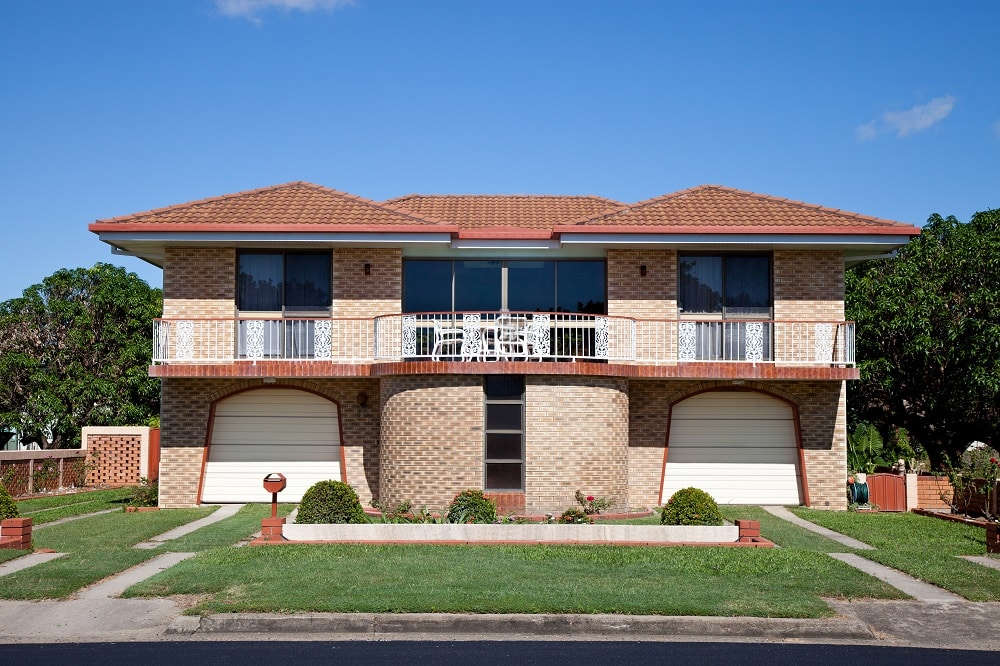There has been much debate recently, even on TV by David Koch, about whether Boomers and Gen Xers had it worse with 17% interest rates or if Millennials are worse off with falling home ownership affordability.
While opinions may differ depending on which age group you fall into, let's delve into this comparison using available facts and figures to shed some light on the issue.
Mortgage Rates and Dwelling Values
To compare mortgage rates at their peak of 17% in 1990 to current market conditions for Millennials, we have compared data from the ABS and other online sources for the years 1990 and 2022. The table below summarises this data:
| 2022 | 1990 | |
| Mortgage Rate (peak) | 5.6% | 17% |
| Median Dwelling Value (National) | $705,000 | $117,500 |
| Average Wage (Overall) | $94,000 | $29,500 |
| Dwelling Price – Income Multiple | 7.5x | 4x |
| Total Population (2021/1991 Census) | 25,420,000 | 16,890,000 |
| Total Dwelling Stock (2021/1991 Census) | 10,875,000 | 6,470,000 |
| Average Household Size | 2.33 persons | 2.61 persons |
Based purely on a multiple of the average wage to buy the average dwelling, the current ratio of 7.5 times is much higher than the multiple required in 1990 of only 4 times. Therefore, a first home buyer today is required to save substantially more if they want to have at least a 10% deposit. However, in 1990 when mortgage rates hit 17% (with some lenders even 18%), the average borrower was burdened with higher monthly repayments than today.
Loan Repayments
Based on a loan of 80% of the median dwelling value:
- 1990 - $94,000 @ 17% over 30 years (P&I repayments) = $1,340/mth = 54% of the average monthly wage
- 2022 - $564,000 @ 5.6% over 30 years (P&I payments) = $3,238/mth = 41% of the average monthly wage.
On this basis, while the Millennial has a substantially higher debt to service being 6 times their income vs 3.2 times for Boomers/Gen X; however, the latter group had to forego a higher percentage of their income toward mortgage repayments.

Population Growth and Dwelling Values
Looking at the population numbers and total national dwelling stock, while the total population increased by around 50% between 1990 and 2022, the total stock of dwellings increased by around 68%. As such, the average household size dropped. So, although the number of new dwellings has kept up with population growth, dwelling values have continued to climb at a faster rate over time.
This would be due to several factors, but the supply of cheap money with ultra-low interest rates over the last few years (especially during the Covid period) has certainly been a factor. Increased demand for housing from both owner occupiers and investors, along with easier access to finance after the deregulation of the banking sector, has also likely contributed to strong growth in dwelling values.
The Impact of Economic Downturns
Another issue to consider in this generational comparison is that Boomers/Gen X had to deal with a recession in 1991 or the ‘’recession we had to have’’ as brutally put by Treasurer Paul Keating. During this period the value of dwellings (mainly in Sydney and Melbourne) fell around 10% while the unemployment rate increased to 10.8% (compared with the current rate of 3.5%). So could argue the Boomer/Gen X cohort have had a bumpier road to navigate which ultimately led to the RBA reducing cash rates over the intervening period to stimulate economic activity. Over the period since the early 1990’s the mortgage rate has dropped from 17% to a record low of sub-2%, although we have now experienced 10 consecutive rises in the cash rate since May 2022 to battle rising inflation.



Comparing Generations
It is arguable therefore which generation has or had it better, with Millennials having to deal with high dwelling values as a multiple of average wages, whereas the Boomer/Gen X group had to make higher mortgage repayments as a percentage of income, though enjoyed relatively more affordable housing. What is difficult to deny though is that anyone who entered the housing market over the last 5 years or more have enjoyed substantial capital growth (on average) while those trying to get onto the property ladder are finding it harder to raise the required deposit. However, while the unemployment rate remains low and jobs are more secure, and wage growth now occurring after a decade of low inflation, there is some hope for Millennials they can make more headway toward raising the required deposit to enter the property market.
Final fun fact: The price of a Toyota Corolla in 1990 was around $11,500 and in 2022 around $20,875, which based on the average wage noted earlier would require 22.2% of today’s average income, but 39% of the average Aussie salary in 1990! So, although Millennials have to pay a greater multiple for a dwelling today, they can more easily afford that new car to park in the garage!